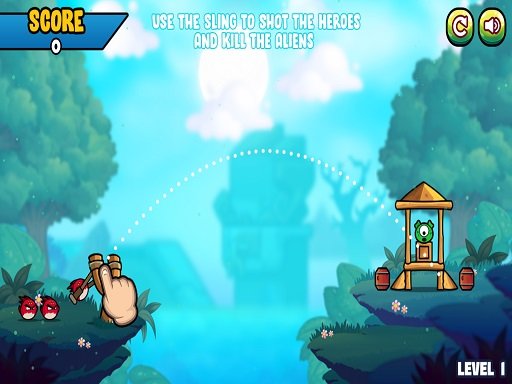Forbidden Stars is a strategic, deeply thematic board game where 2 to 4 players command iconic Warhammer 40,000 factions in a fight to dominate the long-lost Herakon Cluster. With planets to conquer, relics to reclaim, and brutal battles to fight, it’s one of the most satisfying sci-fi strategy games out there—if you can get your hands on it.
Let’s dive into why it’s so good, how it plays, and the unfortunate reason why most people won’t ever get the chance to try it.
What’s the Game About?
Players take on the role of one of the major Warhammer 40k armies, each with its own strengths, miniatures, and tactics. The goal is to locate and control powerful relics and strategic locations scattered across the sector. These objectives are your key to victory, and securing them will take smart planning, bold moves, and no small amount of conflict.
The game plays over a series of up to eight rounds. In each game, you’ll need to capture a certain number of objective tokens (the exact number depends on the number of players). These objectives can represent anything from ancient technology to key characters or cities.
Unique Miniatures and Faction Flavor
Every faction comes with detailed miniatures—four types of ground troops and two kinds of spacecraft. The models are highly thematic and are just begging to be painted by any Warhammer hobbyist. In addition to miniatures, each faction comes with its own set of combat cards, creating varied tactical styles for each army.

Scales Well for 2–4 Players
One of the standout features is how smoothly the game adapts to different player counts. Whether it’s a one-on-one standoff or a four-way war, the map and objectives scale seamlessly. It never feels like the game was designed only for a certain number of players, which is rare in strategy games of this size.
How the Game Works: A Quick Rundown
Each round has three phases: Planning, Operations, and Refresh.
Planning Phase
Players take turns placing order tokens facedown on systems across the board. These tokens represent actions like movement, combat, construction, or harvesting resources. The catch? There’s only one stack per system, so other players can cover your orders with their own—potentially delaying or disrupting your plans.
Operations Phase
Once all tokens are placed, players begin resolving them from the top down. This leads to some tense moments—will you get to act before your opponent does? Will they deploy new units just before you attack? Timing and order placement can win or lose a game.
Refresh Phase
This is where players regroup, reset resources, and prep for the next round. Upgrades and new units may come into play here, adding to your long-term strategy.
Combat: Cards, Dice, and Mind Games
Combat is both tactical and fast-paced. When battles happen, players roll dice based on the combat stats of their involved units. The dice include symbols for attack, defense, and morale.
Then the real strategy kicks in: players draw a hand of combat cards unique to their faction and secretly choose one to play each round. These cards can boost attacks, provide defensive buffs, or surprise the enemy with special effects.
Over three rounds of card play, damage is dealt, units are routed or destroyed, and morale can swing the outcome. It’s a great balance of luck and tactical choice.
Game Setup: Strategic from the Start
Setting up the board isn’t just about placing pieces—it’s part of the game itself. In a full game (not the tutorial version), players take turns placing their units and even assigning objectives to other players. This can lead to some unintentional imbalances, so new players should definitely start with the recommended intro scenario provided in the manual.
The Downsides: Playtime and Accessibility
Like many big-box strategy games, Forbidden Stars can take a while. A full game with experienced players might run 3 to 4 hours—longer if players are prone to analysis paralysis. It’s best played when you have a full evening set aside and a group ready to commit.
The real downside, though, is that the game is out of print. The publisher no longer holds the license for Warhammer 40k, which means no reprints and no official expansions. Getting a copy now means scouring resale sites—and likely paying a premium.
Fan Expansions and Community Support
Despite being discontinued, the fan community around Forbidden Stars is alive and well. There are impressive fan-made expansions that introduce factions like the Tau, Tyranids, Necrons, and the Imperial Guard. If you’re lucky enough to find a copy of the base game, there’s still a world of content to explore beyond the official release.
Final Thoughts
Forbidden Stars is a rare gem of a board game—one that blends deep strategy, immersive theme, and smart mechanics in a way few games manage. The layered planning, tense combat, and faction variety make every game feel unique.
It’s unfortunate that licensing issues have kept this masterpiece off store shelves, but if you ever get the chance to play, don’t pass it up. For fans of space strategy, tactical planning, and the Warhammer 40k universe, it’s easily one of the best experiences you can have around a gaming table.











